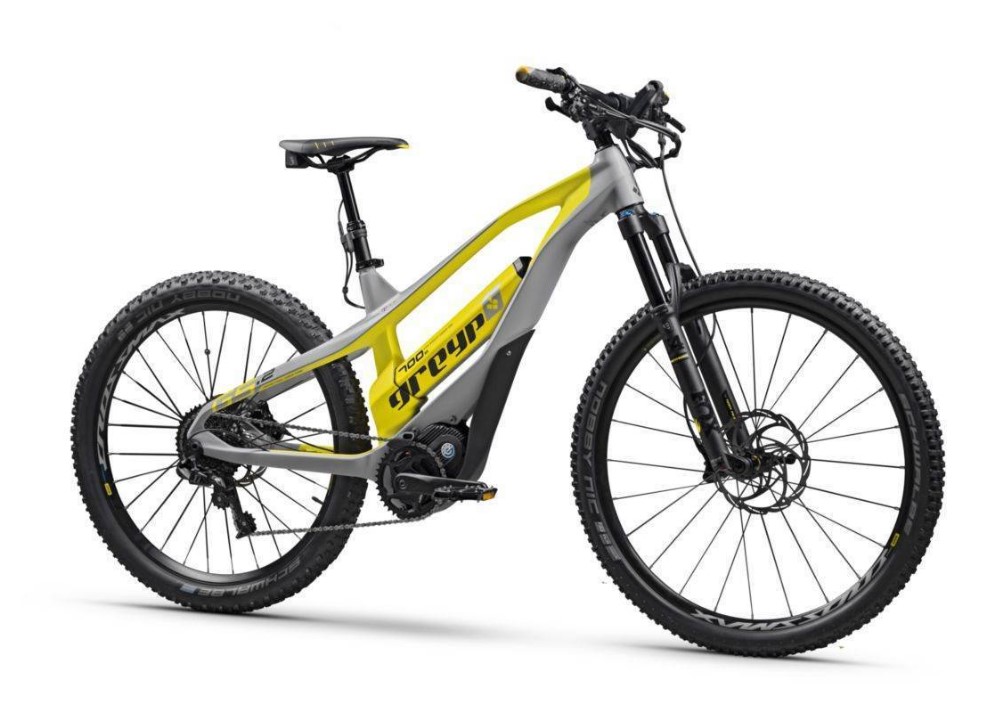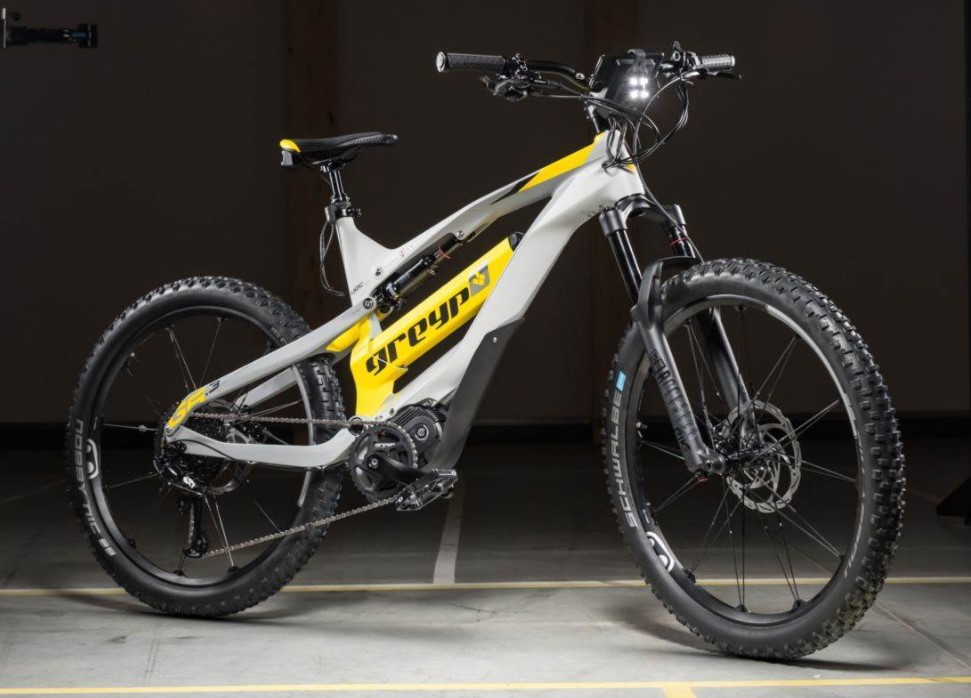
Basic Information about Electric Bicycle
Electric bikes originally break down to similar categories as traditional bikes including road and mountain as well as niches including folding, cargo, cruiser, hybrid, and urban bikes.
Three Classes of E-Bikes
Mainly for regulatory purposes, e-bikes have also been divided down to classes denoting their motor assistance level. A key point in the decision making is identifying the specific class of electric bike that you need.
- Class 1 – Its motor will only kick in once you pedal and stop at 20 mph.
- Class 2 – This also comes with pedal-assist mode of a maximum of 20 mph as well as completely throttle-powered mode.
- Class 3 – This is mainly pedal-assist similar to class 1 and the assistance continues until you reach 28 mph.
Electric Bike Motors, Batteries, and Riding Ranges
Manufacturers devote lots of attention to the bike’s power plant. The tradeoff of the design is the riding range versus performance. A motor that is more powerful offers more speed to keep up with traffic as well as more torque to haul cargo and climb hills. A more powerful motor can also burn up the battery much faster that can reduce your riding range.

If you will compare prospective electric bikes that you can buy at https://www.yogi.si, you will see broad specs for riding range such as 20 to 100 pedal-assisted miles. This is because there are a lot of variables that can affect the riding range.
Of course, it will help to have a big battery. The capacities are indicated in Wh or watt hours, the number of hours could retain 1 watt of power prior to dying. The motor power matters as well. A motor with 500 watts combined with a battery of 500 Wh, a common setup of class 3 bikes, tend to drain power faster than a motor with 250 watts paired with a battery with 500 Wh, a common setup in class 1 bikes.




